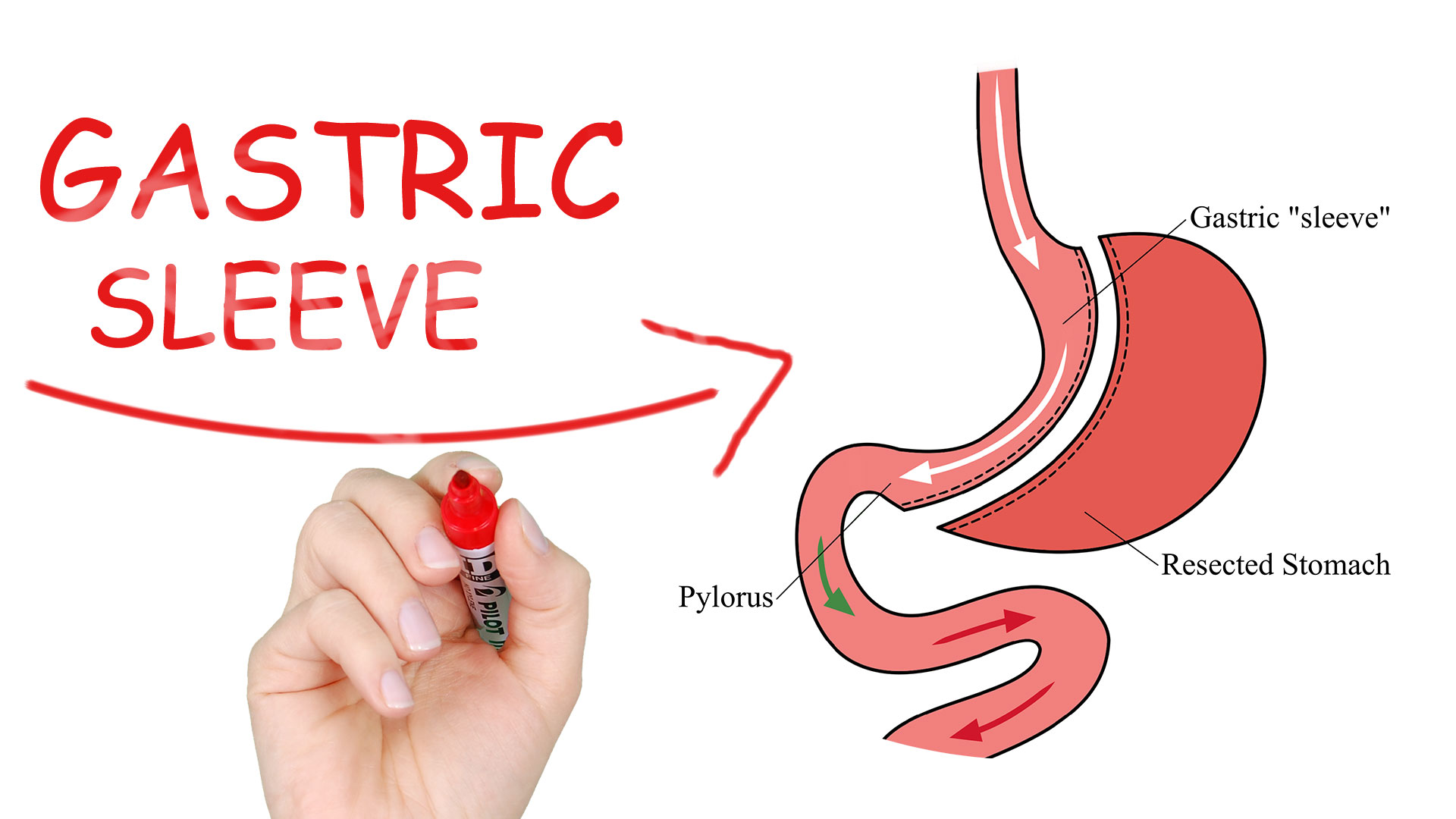Worried about insufficient weight loss or weight regain after the stomach plication? Then you likely have thoughts of the revisional surgery. While the first steps are changing the diet or physical activity plan, sometimes the only efficient solution is a second surgical procedure. Surgeons reveal the most common gastric plication revision operations.
Pouch Plication Revision: What Are the Main Reasons Behind It?
Plication is considered to be a less invasive weight-loss procedure. Unlike during bypass or sleeve gastrectomy, no parts of the gastrointestinal tract are removed or divided into parts. Relatively, plication has fewer risks of post-op complications. Therefore, developed health conditions are among the less common reasons for the revision. Bariatric experts reveal the 2 most prevalent ones.
Now, the second, so-called revision bariatric surgery is usually considered when:
Patients regain weight
They don’t reach satisfactory results
It might seem like an obvious one to mention, but each case is unique. Meaning, only your surgeon can come up with the individually most effective solution to get the weight control back. And if that appears to be the second surgery, you should get to know more about 2 options – sleeve or bypass gastrectomy.
Plication to Sleeve
As the name implies, the stomach size is reduced during this revisional surgery, and the new narrow pouch reminds of a sleeve. The initial goal of this operation is to make the food reservoir around 70% smaller so that patients would feel full consuming way less food. By the way, the meals take its’ usual course in the digestive system.
Plication to Bypass
Another popular solution to modify the plication is changing it to stomach bypass. Now, this surgery can be divided into two steps. First, a highly experienced surgeon divides a small part of the stomach from its rest. This way, a new pouch (around 30 ml) is created.
Then, the second step is dividing the small intestine and connecting the bottom end part with a tiny new food reservoir. In other words, a surgeon creates a bypass and shortens the meals’ path in the digestive system. Meaning, your portions get smaller, and the body absorbs fewer calories.
Want to know which option would work the best for you, or if revisional surgery is the solution in your case? The only way to get the desired answers is to contact a professional bariatric clinic.






Be First to Comment